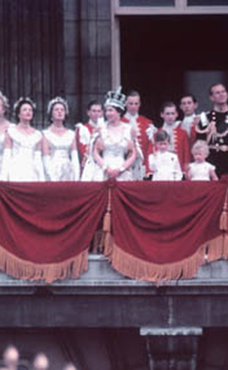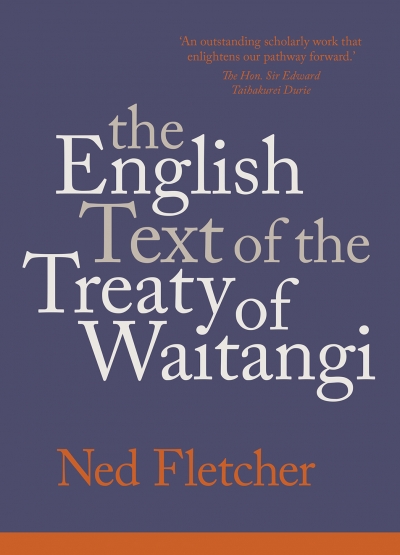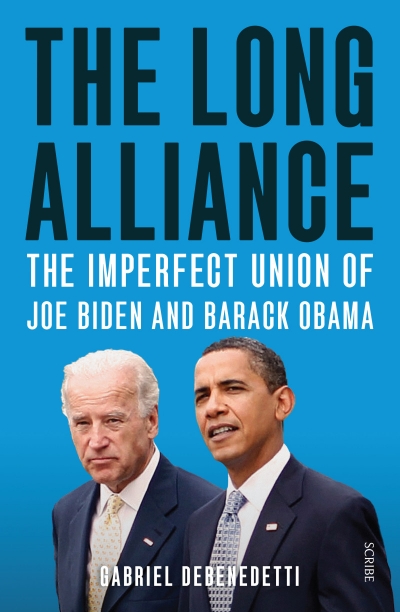Letters to the Editor - September 2011
Mitchell revealed
Dear Editor,
Your reviewer of my publication Book Life: The Life and Times of David Scott Mitchell (July–August 2011) has not properly understood the book and its central arguments. Mitchell poses an historiographical challenge due to the scarcity of conventional biographical sources. Typical and superficial understandings of him stem largely from a few reports, mostly posthumous, about Mitchell in his later years. My book presents and interprets previously untapped material and includes an extensive examination of items from Mitchell’s collection, together with other historical evidence. This allows us to understand Mitchell’s milieu, dispels the conventional view of Mitchell as a reclusive and enigmatic figure in his own time, and furnishes the context in which we can understand his importance. Paul Brunton’s review illustrates precisely the need for such an approach. His preference for well-worn accounts (as for example about Mitchell’s cockatoo) only perpetuates myths about him.
Mr Brunton critiques the technique of interpreting Mitchell on the basis of his collecting choices, suggesting that Mitchell collected ‘irrespective of subject’. Mitchell was a discerning collector. Receipts for Mitchell’s purchases, when matched to booksellers’ catalogues listing titles which he did not buy, reveal Mitchell’s selectivity. I document Mitchell’s personal connections with items he chose, with many titles by authors with whom Mitchell or his family were personally acquainted. Mr Brunton ignores this and dismisses patterns that this detail reveals.
Mr Brunton expresses the view that the book provides inadequate evidence outside the consideration of Mitchell’s ownership. Perhaps Mr Brunton missed the sixty-two pages of footnotes citing evidentiary sources. Through the book I present previously unpublished information about Mitchell’s family and its background and connections, including their collecting and philanthropic activities. This detail provides insights into Mitchell’s inherited outlook and his life and experiences, corroborating the insights drawn from an analysis of his collected items. Moreover, in his review Mr Brunton himself cites two books in Mitchell’s collection as evidence of his school attendance – without naming their titles.
Australian Book Review has failed to sufficiently identify Mr Brunton. He is described simply as a ‘Sydney-based archivist and librarian’. Paul Brunton is in fact Exhibitions Curator at Sydney’s Mitchell Library. Mr Brunton knows me as the State Library of New South Wales’s C.H. Currey Fellow (2007–08), and is familiar with my subsequent research into Mitchell’s milieu and his collecting.
Eileen Chanin, Sydney, NSW
Paul Brunton replies:
Ms Chanin answers none of my specific criticisms of her book because she cannot. She has no evidence for the events she describes in the first chapter; what she asserts to be D.S. Mitchell’s school primer is not, which thereby invalidates the conclusions she draws from it; there is no evidence that Mitchell read Bonwick’s Geography as a child; there is no evidence that Rev. John Grylls tutored Mitchell, and so on. I challenge Ms Chanin to demonstrate that just one of these criticisms is invalid.
She asserts that I do not ‘properly understand the book and its central argument’. Readers will make up their own minds whether, without other evidence, it is prudent to assert that the ownership of a book indicates approval of its contents by a man who was a professional book collector. ‘Sixty-two pages of footnotes citing evidentiary sources’ prove nothing if the sources are not evidentiary at all. I challenge Ms Chanin to tell us where in these many footnotes is the evidence for her thesis.
Mitchell did collect irrespective of subject when it came to Australiana, which was three-quarters of his collection. Of course, he was more selective in other areas. The number of extant receipts for purchases is so minimal as to invalidate any argument based on them.
The two books which prove Mitchell went to St Philip’s Grammar School are John Herschel’s Outlines of Astronomy (1849) and A. Bell’s Algebra: Theoretical and Practical (1848).Ms Chanin’s ‘extensive examination of items from Mitchell’s collection’ must have overlooked these, as she also overlooked the fact that his attendance at St Philip’s has been noted in at least two books, both of which appear in Ms Chanin’s bibliography.
Ms Chanin says she ‘dispels the conventional view of Mitchell as a reclusive’ and ‘present[s] previously unpublished information about Mitchell’s family and its background and connections’. I agree, and said so in my review.
The cockatoo is not a myth; Mitchell did have one (there is a photo of it at Mitchell’s home), and he did ask Cayley to paint its portrait (an evidentiary letter survives). And on the matter of accuracy, I am not now, nor have I ever been, ‘Exhibitions Curator at Sydney’s Mitchell Library’ – a fact so easily checked.
Outside the off stump
Dear Editor,
Alison Carroll is quite right to rebuke me for not defining my terms correctly in my piece ‘Native Grounds and Foreign Fields’ (June 2011). My experience is limited to north-eastern America and Western Europe as regards the exhibition of Australian art internationally. But good may yet come from my error. I am sure that many of your readers are as ignorant, too, of the Schweitzer-like job that Alison Carroll and Asialink are doing for Australian art in Asia. (Everybody knew Albert Schweitzer was doing great work in Darkest Africa, but nobody ever actually saw it.) As for the challenge as to whether I think the audience of the United States or Japan, Tokyo or New York, is more significant, I sense a short-pitched delivery outside the off stump. If I offer a shot, I shall surely be caught in the gully. So I shall just lift my bat and let it pass harmlessly through to the keeper.
Patrick McCaughey, Connecticut, USA
CONTENTS: SEPTEMBER 2011





Leave a comment
If you are an ABR subscriber, you will need to sign in to post a comment.
If you have forgotten your sign in details, or if you receive an error message when trying to submit your comment, please email your comment (and the name of the article to which it relates) to ABR Comments. We will review your comment and, subject to approval, we will post it under your name.
Please note that all comments must be approved by ABR and comply with our Terms & Conditions.